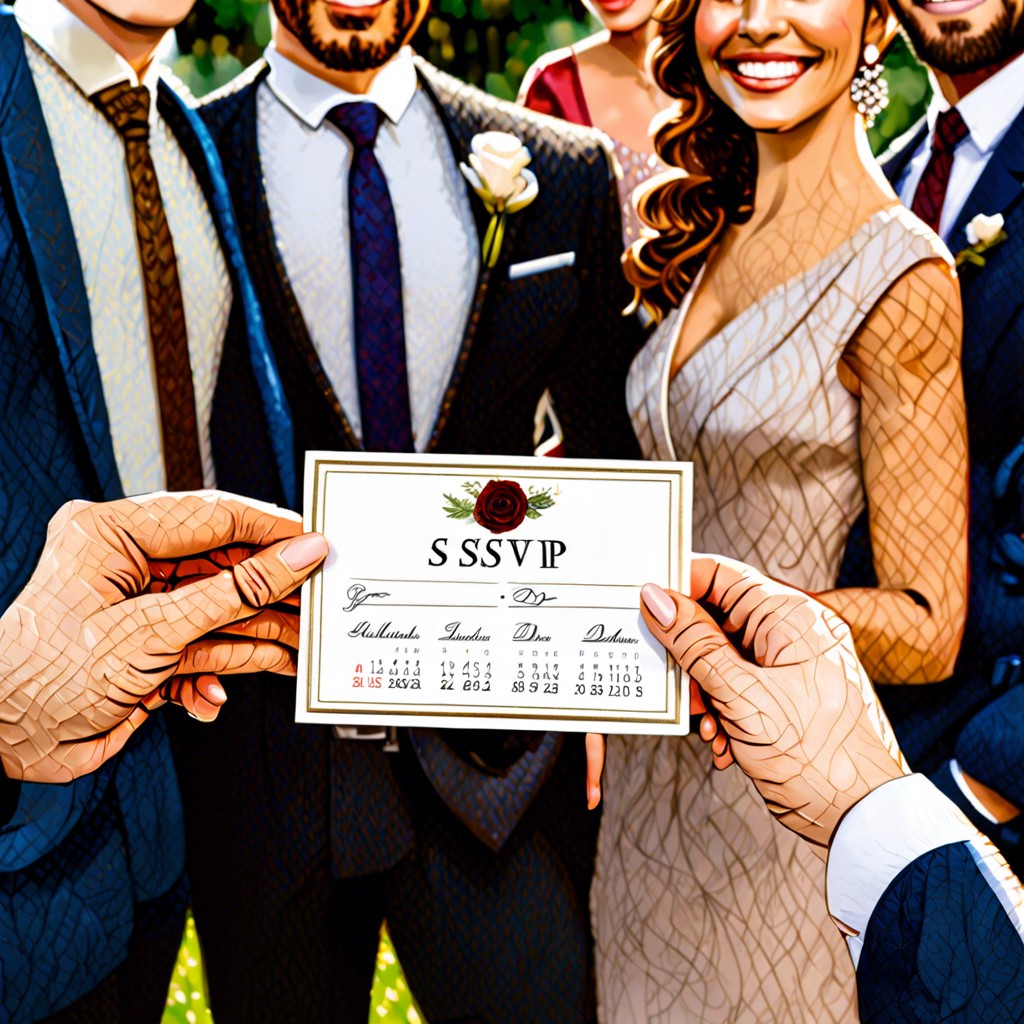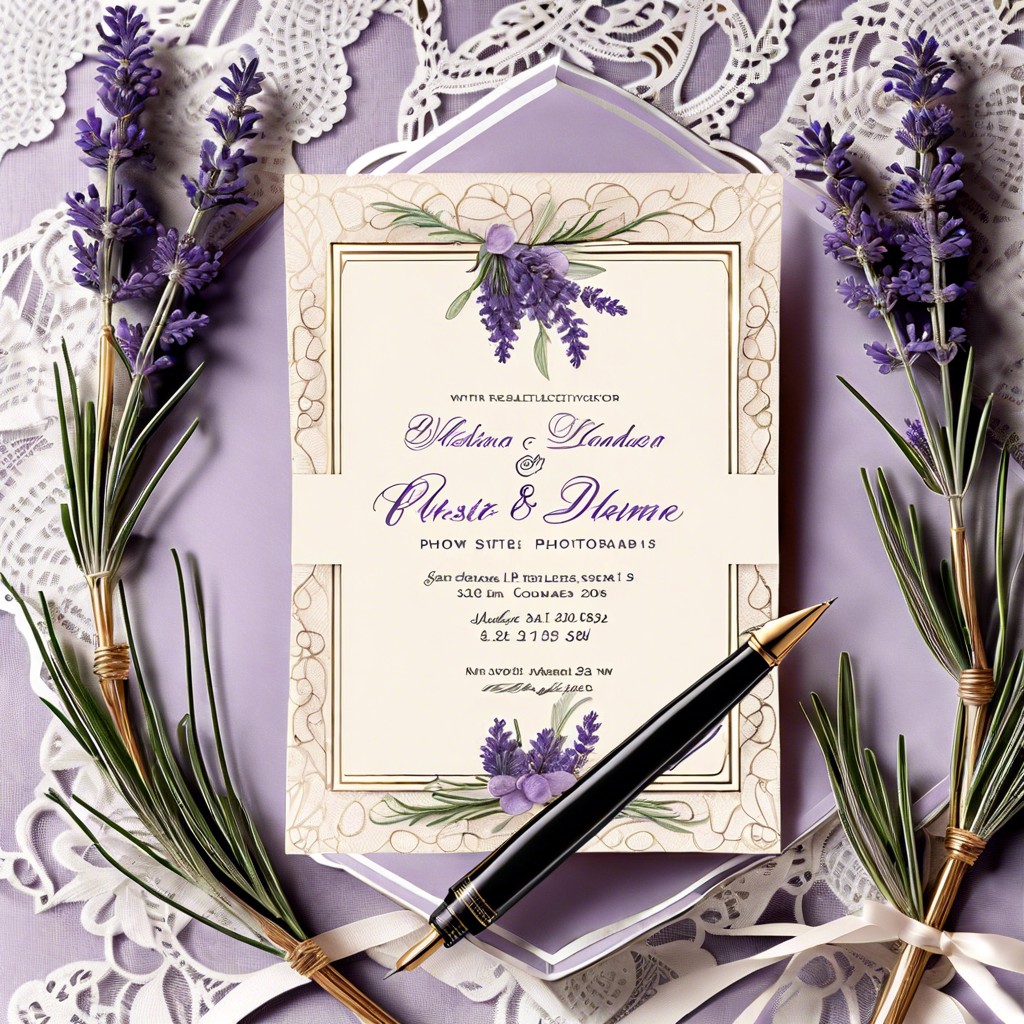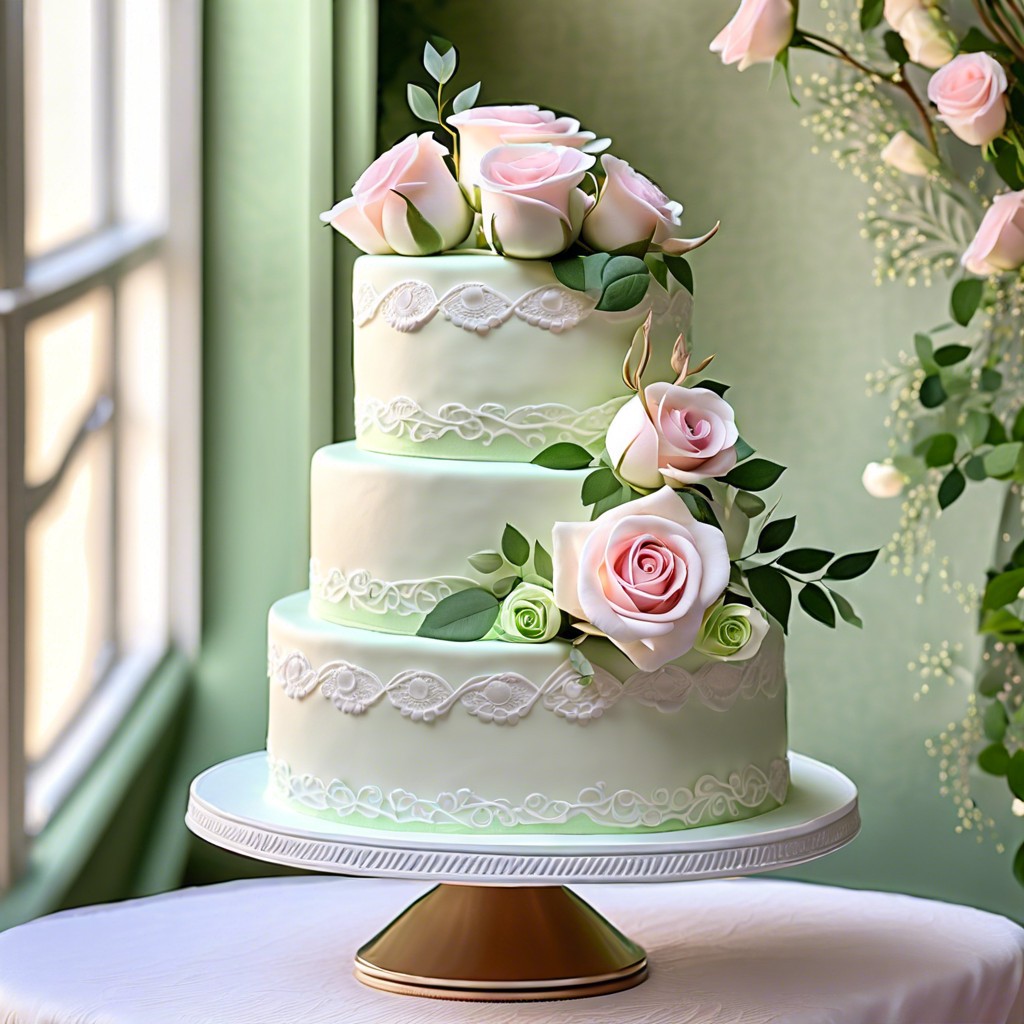Learn how to respond to wedding invitations promptly and with proper etiquette through this step-by-step RSVP guide.
Key takeaways:
- RSVP Basics: Respond promptly and clearly indicate your intention to attend or skip an event.
- Reading an RSVP Invitation: Check for response date, names, plus-one option, meal preferences, and special instructions.
- Filling Out a RSVP Card: Clearly indicate attendance, include all invited guests’ names, select meal choices, and follow submission etiquette.
- Politely Declining an Invitation: Respond promptly, express gratitude, provide a brief reason, and wish the couple well.
- Dealing with Non-Responding Guests: Reach out politely for confirmation, set a deadline, and be prepared to make decisions without their input.
Understanding RSVP Basics

Responding to an invitation through an RSVP is a fundamental etiquette that signifies your intention to attend or skip an event. RSVP stands for “Répondez s’il vous plaît,” a French phrase that means “Please respond.” The purpose of an RSVP is to let the host know whether or not you plan to attend their event, thus aiding in accurate headcount and planning.
Responding in a timely manner is crucial. Check the invitation for a response deadline and make sure to reply before that date. If no deadline is given, a good rule of thumb is to respond within a week of receiving the invitation.
When you receive an invitation with an RSVP request, you have two primary responses: “Accept” or “Regret.” Accept indicates you will attend, while regret means you will not. It’s important to be certain of your decision, as changing your RSVP can cause complications for the event planner.
If you have any special dietary requirements or other needs, the RSVP is the appropriate place to indicate them. This will give the host ample time to make necessary arrangements. Always remember, the host is counting on your response for a successful event, so giving clear and prompt feedback is a sign of respect and consideration.
How to Read an RSVP Invitation
When you receive a wedding invitation, pinpoint the RSVP section, which may be on a separate card or part of the main invite. Check for several key details:
– The response date: Mark this deadline in your calendar as a reminder to send your reply on time.
– Names: Some invitations may already have your name(s) printed on the response card. If it’s blank, write the name(s) as they appear on the outer envelope.
– Plus-one information: Confirm if you’ve been given the option to bring a guest and the process for adding their name.
– Meal preferences: If there’s a request for meal selection, make your choice clear.
– Special instructions: Look for any additional requests, such as song suggestions for the DJ or dietary restrictions.
Ensure that you adhere to the etiquette of responding promptly and following the invitation’s lead on submission format, whether it’s via mail, email, or a wedding website.
Properly Filling Out a RSVP Card
Upon receiving a wedding invitation with an RSVP card, it’s important to fill it out with attention to detail. Start with a clear indication of whether you’ll be attending. If there’s a line with “M”, it’s traditional to write your name following, as in “Mr. and Mrs. John Smith”. Include all names of invited guests attending with you, to give the couple an accurate headcount.
If meal choices are provided, select the preferred dish for each guest and clearly mark it on the card. This helps with catering preparations. In the case of dietary restrictions, politely note them, if space allows, or contact the host directly.
Be timely in sending your response, adhering to the date specified on the invitation. This courtesy allows the couple to finalize their plans. Mail the card back in the provided envelope, ensuring it’s properly addressed and stamped, if postage isn’t pre-arranged.
In events of uncertainty, it’s better to communicate directly with the couple or the wedding planner rather than delay your response, as this can affect various logistical aspects of planning.
How to Politely Decline an Invitation
If you’re unable to attend a wedding, a courteous response is essential. Respond as soon as possible, adhering to the method outlined in the invitation. This might be through mail, email, or a designated phone number.
Express gratitude in your reply for being considered a valued guest. A simple, “Thank you for the invitation,” sets a gracious tone.
Be honest but brief about your reason for declining. You’re under no obligation to provide a detailed explanation. A phrase like, “I regret that due to prior commitments, I won’t be able to attend,” is sufficient.
Avoid saying maybe if you already know you can’t attend. This can cause unnecessary confusion for the hosts.
End on a positive note, wishing the couple well. “Wishing you all the best on your special day,” conveys warmth and goodwill. Remember to keep your tone sincere and your message clear to maintain goodwill and respect.
What to Do When Guests Don’t Respond
If the RSVP deadline has passed and you haven’t heard from some guests, it’s acceptable to reach out to them directly. A friendly message or phone call can be a gentle reminder. Simply express that you need their confirmation to finalize seating charts and catering numbers. Most guests understand the logistics involved and will appreciate the nudge.
Always maintain a courteous tone to avoid making guests feel uncomfortable. If leaving a message, kindly ask for a response by a specific, near-future date to convey the urgency without being pushy.
In case a guest still does not respond, prepare to make a decision without their input. It may involve assuming they will not attend or, in some situations, accommodating a last-minute confirmation.
For those managing a larger guest list, consider setting up an online RSVP system with automated reminders as the date approaches. This is often less stressful and streamlines the process.
Remember, clear communication is key to a smoother wedding planning experience, especially when following up with guests about their RSVPs.



